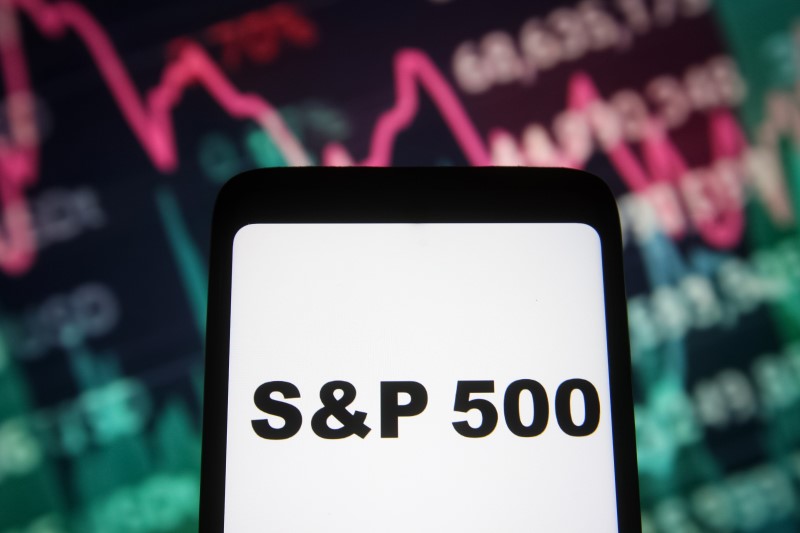In recent years, the performance of unprofitable growth stocks has been heavily impacted by the trajectory of inflation and interest rates.
This sensitivity is primarily due to their long duration and the need to finance operations using other methods.
The typical stock expected to reach profitability this year or next is down 4% year to date, according to Goldman Sachs strategists. Meanwhile, companies expected to become profitable in 2026 saw a decline of 15%, and stocks expected to become profitable after 2026 saw a significant drop of 28%.
“The EV/sales ratio of loss-making stocks has fallen from 14x in 2021 to 4x today, but the change appears prudent as the interest rate environment changes,” Goldman strategists said in a recent note.
One of the key reasons why money-losing growth stocks are especially vulnerable to rising interest rates is their long-term cash flows and forward-looking financial outlooks, strategists say.
These stocks, which are expected to grow future sales significantly more than the average Russell 3000 company, are facing greater valuation pressure from rising discount rates. Moreover, higher costs of capital complicate their ability to raise needed funds, often requiring them to issue dilutive equity or expensive debt or attempt acquisitions.
“These dynamics have made the valuations of loss-making growth stocks more sensitive to changes in interest rates than their profitable peers,” the Goldman team noted.
The decline in the value of these stocks is consistent with changes in the interest rate environment, which has risen sharply following historically low rates and economic optimism at the end of 2020.
remove ads
.
Looking ahead, with forecasts indicating the 10-year U.S. Treasury yield will remain above 4% through 2025, there is “limited upside potential for loss-making companies with no immediate path to profitability,” they said.


